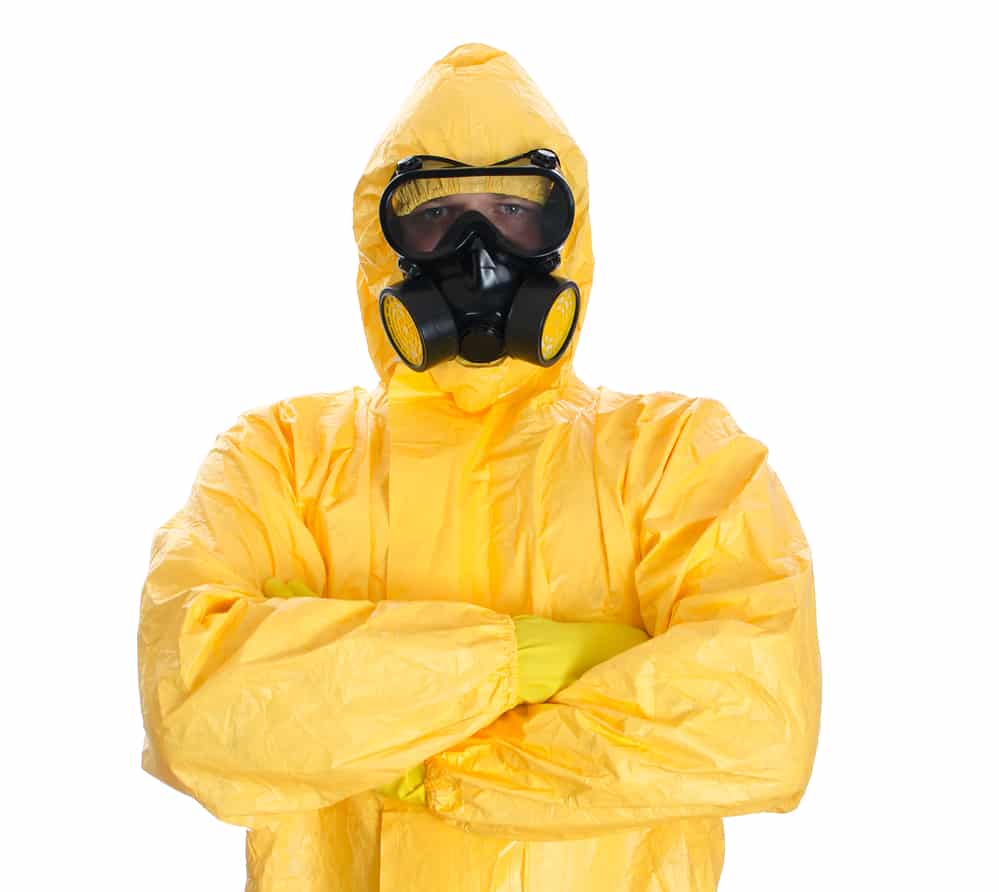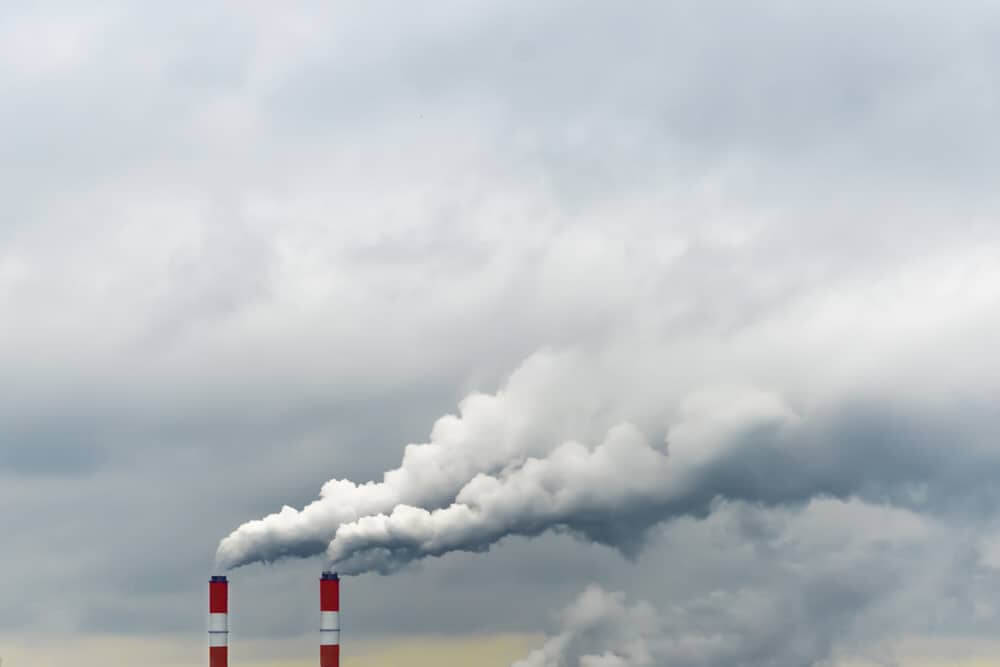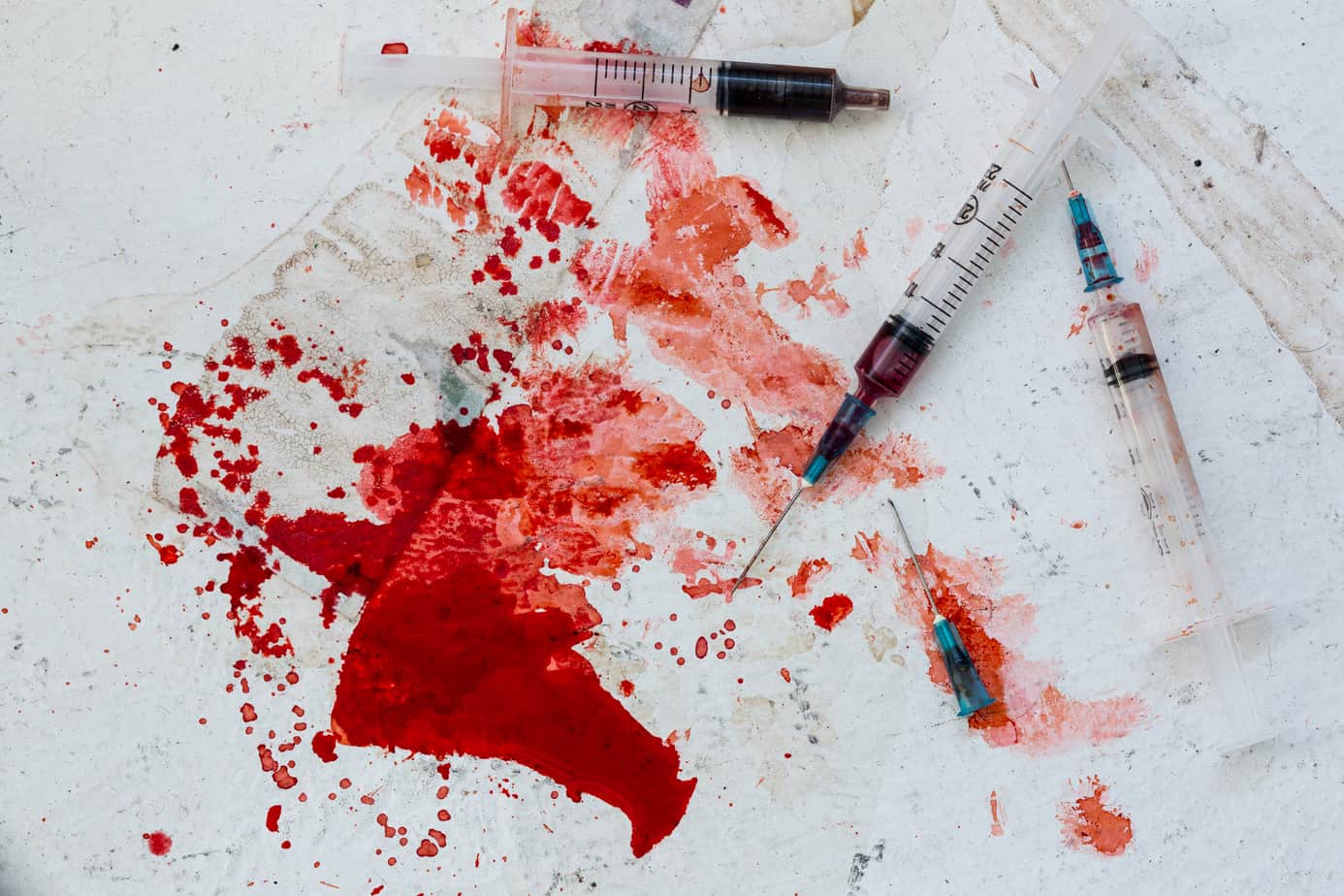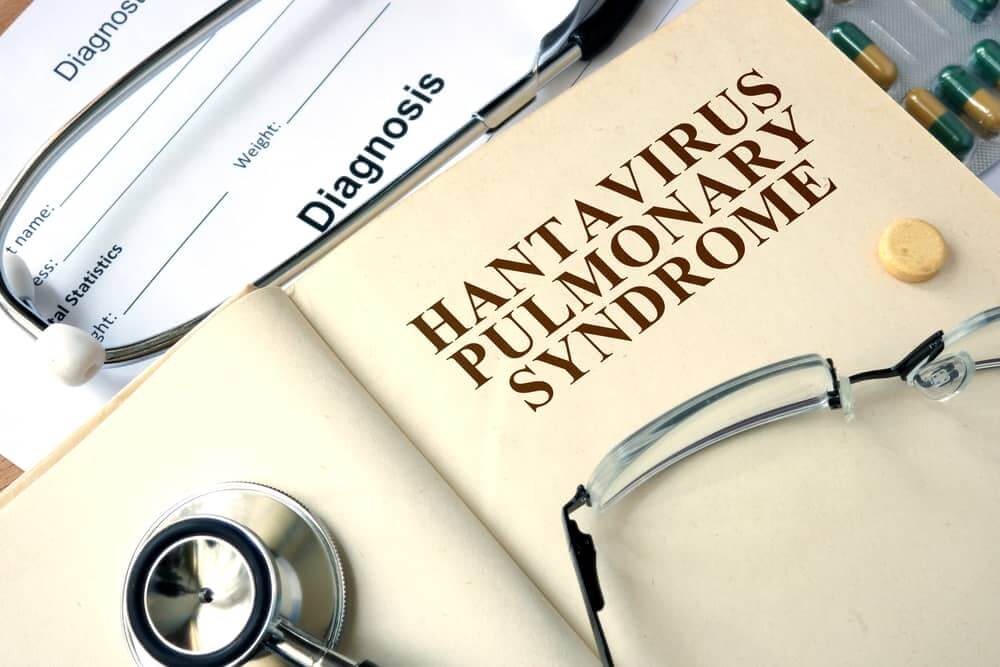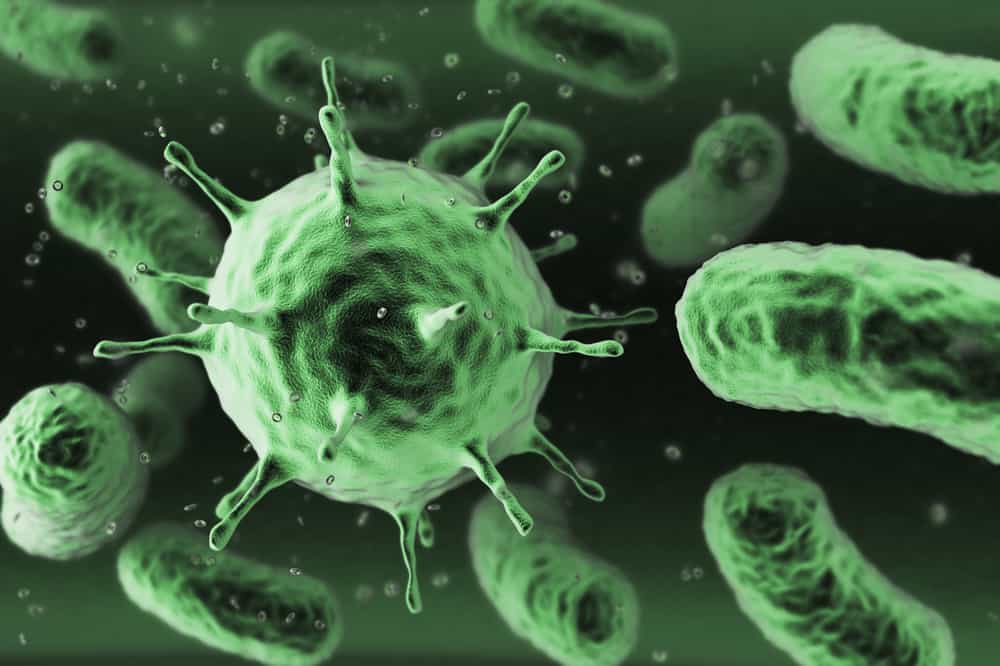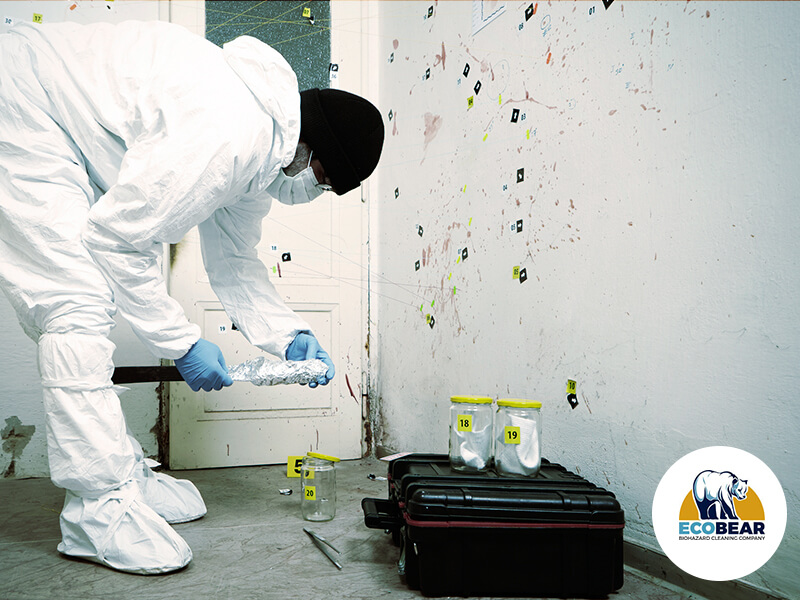How Is Blood Cleaned up From a Crime Scene?
One of the most challenging things that a person can experience during the course of a lifetime is the aftermath of a violent crime scene. This type of situation typically results in the presence of blood, other bodily fluids, and other types of biological material. These biological materials, including the blood, potentially can be contaminated with…
Details





